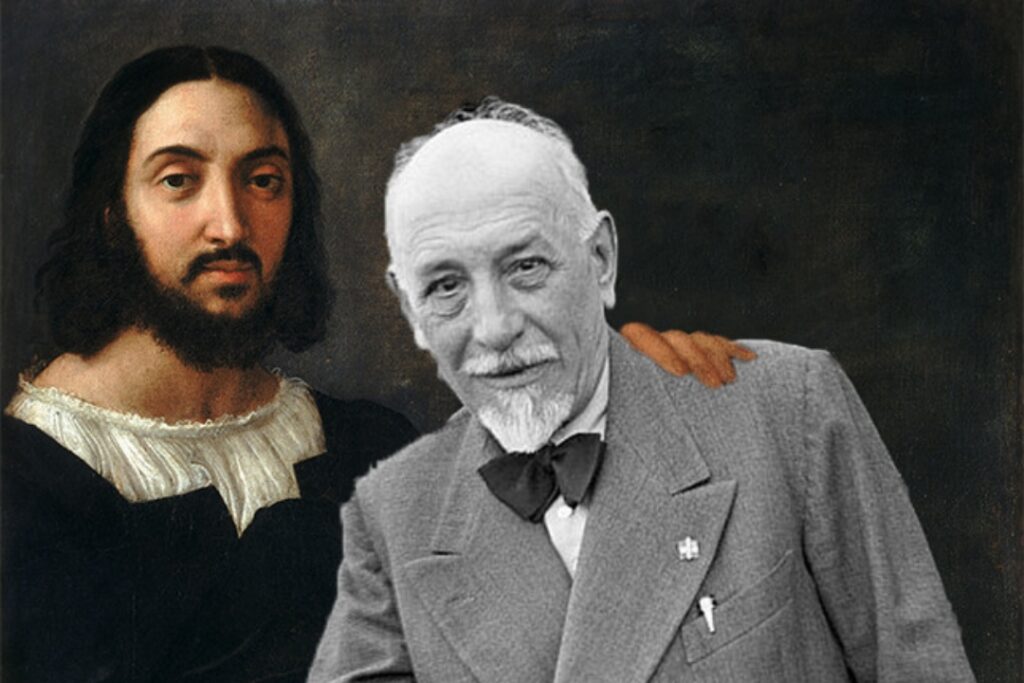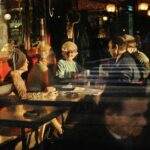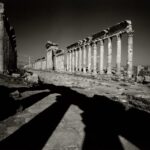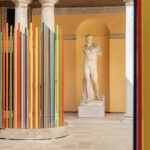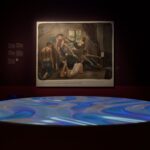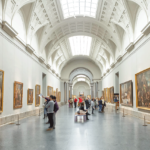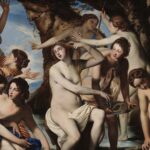In the Fu Mattia Pascal, Pirandello is at Uffizi.
The famous novel by Luigi Pirandello, published for the first time in 1904, initially saw the light divided into installments in the magazine, which still exists today, Nuova Antologia.
The novel explores all those themes that would later be taken up in One, Nobody and One Hundred Thousand: identity, reality and illusion.

Il Fu Mattia Pascal at the Uffizi
Also Pirandello he includes a museum into his novel, indeed he focuses in particular on a painting preserved there.
Which museum is it? It’s the Galleria degli Uffizi in Florence.
In the eleventh chapter of Fu Mattia Pascal, Adriano Meis (Mattia) is at the home of the Paleari family in Rome, in via Ripetta.
It is here that Miss Caporale, the family’s music teacher and tenant, focuses her attention on a ring worn by the protagonist, who tells her the circumstances in which it was given to him:
As you wish; but look, I can even tell you that my grandfather gave me that ring in Florence, leaving the Uffizi Gallery, and do you know why? Because I, who was twelve years old at the time, had mistaken a Perugino for a Raphael.

The culture of connoisseurs: Pirandello and Ugo Fleres
Pirandello, who was passionate about art and a regular visitor not only to museums but also to exhibitions, galleries and artistic circles, refers here to the painting Portrait of a Young Man (1485-90), attributed to Perugino.
With the expedient of this work which is never expressly cited by its title but only through the error in the artist’s attribution, Pirandello presents to the reader what, at the beginning of the twentieth century, was called “culture of connoisseurs”, that is, the ability of an expert to attribute authorship to a specific work, today better known as attribuzionismo.
Pirandello got interested in culture of connoisseurs thanks yob a friend of his, Ugo Fleres, art historian and then director of the Gallery of Modern and Contemporary Art in Rome, who was used to say “Go, wander around the museums for a bit and then you’ll be able to tell me which stuff is real and which is fake, and what the difference is.”.




